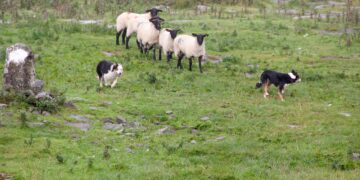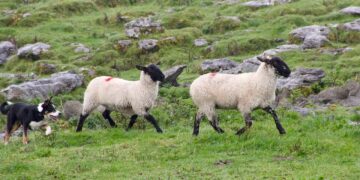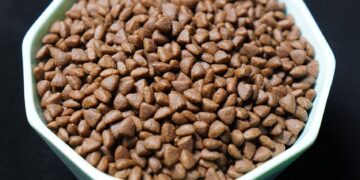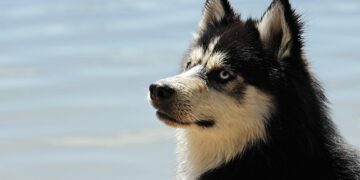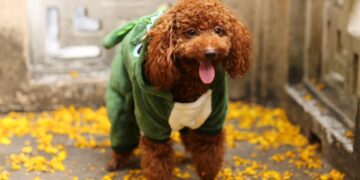The Ultimate Guide to What Can Dogs Eat Besides Dog Food: Safe and Healthy Alternatives
When it comes to keeping our furry friends happy and healthy, variety is not just the spice of life; it can also contribute to a nutritious diet. While commercial dog food often provides a well-rounded meal, it’s natural for pet owners to wonder about safe and healthy alternatives that can be offered to their pets. In this ultimate guide, we will explore a variety of food options that can safely diversify your dog’s diet, enrich their meals, and ensure they receive all the necessary nutrients.
Understanding Dog Nutrition Basics
Before we delve into what dogs can eat besides their regular kibble, it’s crucial to understand the foundations of dog nutrition. Dogs, like humans, require a balanced diet that includes proteins, carbohydrates, fats, vitamins, and minerals. Proteins are essential for muscle growth and repair, fats provide energy, carbohydrates supply fiber, and vitamins and minerals support overall health.
Key Components of a Balanced Diet for Dogs
- Proteins: Lean meats, eggs, and fish are great sources.
- Carbohydrates: Vegetables and limited amounts of fruits and grains provide energy and fiber.
- Fats: Healthy oils and fats are crucial for energy and cell function.
- Vitamins and Minerals: These are typically covered by a well-balanced diet but can be supplemented with vet approval.
Safe and Healthy Food Alternatives for Dogs
Let’s explore several foods that can be safely added to your dog’s diet. Always introduce new foods gradually and in moderation to monitor how your dog reacts to them.
Proteins
- Lean Meats: Chicken, turkey, and lean beef are excellent sources of protein. Make sure they are cooked and unseasoned.
- Fish: Salmon and sardines are good choices due to their high omega-3 fatty acids, which are beneficial for a dog’s coat and skin health.
- Eggs: Cooked eggs are a great source of protein and can be easily digested by dogs.
Carbohydrates
- Vegetables: Carrots, green beans, and peas can be given raw or cooked as a low-calorie snack or meal additive.
- Sweet Potatoes: Cooked and mashed sweet potatoes are a nutritious source of carbohydrates, fiber, and vitamins.
- Rice: Plain boiled rice can aid in digestive health, particularly for dogs with upset stomachs.
Fruits
- Apples: A source of vitamins A and C, apples are great when served without the seeds and core.
- Blueberries: Known for their antioxidant properties, blueberries are a healthy snack for dogs in moderation.
- Bananas: High in potassium, bananas can be given occasionally as a treat.
Foods to Avoid
While many human foods are safe for dogs, certain items can be harmful or even toxic. Here are a few key ingredients to avoid:
Toxic Foods for Dogs
- Chocolate: Contains theobromine, which is toxic to dogs.
- Grapes and Raisins: Can cause kidney failure in dogs.
- Onions and Garlic: Can cause anemia by destroying red blood cells.
- Xylitol: A sweetener found in many sugar-free products, which can lead to liver failure and hypoglycemia.
Tips for Introducing New Foods to Your Dog’s Diet
Introducing new foods into your dog’s diet should be done carefully and thoughtfully. Here are some tips to help you ensure a smooth transition:
How to Safely Introduce New Foods
- Consult Your Vet: Always speak with your veterinarian before introducing a significant amount of new food to your dog’s diet.
- Start Small: Begin with small amounts of new food to assess your dog’s response.
- Observe: Watch for any signs of allergies or digestive upset, such as itching or diarrhea.
- Keep it Simple: Introduce one new food at a time to easily pinpoint any adverse reactions.
Conclusion
Expanding your dog’s diet to include safe and healthy alternatives to traditional dog food can enhance their health and provide a delightful change in routine. With the right information and preventive measures, you can safely introduce a variety of new foods that will keep your dog healthy and eager for mealtime. Happy feeding!







